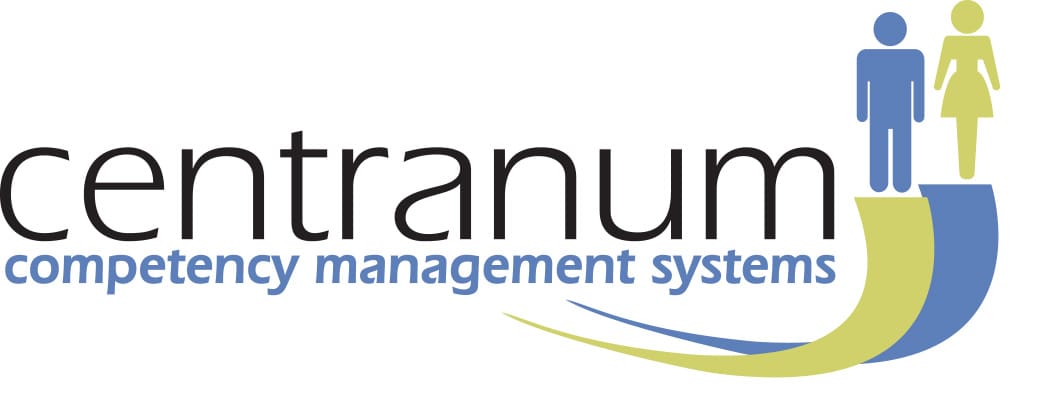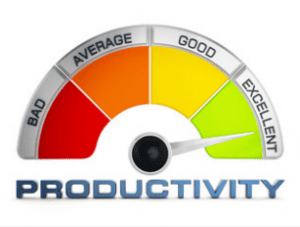
Competency Management Business Case 2024
10 reasons why it’s so critical today
Why ‘Competency’ Management – the background
Some background on ‘competency’:
It is a well worn cliché that the success of any organization depends on its people.
More specifically it depends on the competence of its people.
But how many organisations have a tool that specifically manages and assures the competence of their staff ? A competency management system that is customizable to define and evaluate the specific knowledge and skills the organisation needs for success. Not in generalities – but specifically.
The success of an organization will depend on the people you surround yourself with. Donald Rumsfeld

Most organizations rely on CV information when hiring staff. CV information is frequently inaccurate.
Having a qualification or certificate doesn’t mean that people are competent on the job. (read more)
Most Competency Development for staff is via training courses. The problem is that the learning in training courses is not very effective. It just does not come to mind when people are on the job. There is a disassociation.
For many organizations that have developed competency models competencies are usually very general, often from proprietary vendor libraries.
They are mostly used in performance management. Usually they are so vague that assessment can only be a subjective exercise. Often more a measure of the relationship of assessee and assessor.
Another problem with general competencies is that each organisation is unique in their environment and operations – one size does not fit all.

A competency model or framework is not just the competency description. It is a group of competencies with the same structure, and the same approach to assessment.
In large organizations, and especially in healthcare, different disciplines may have different competency models because they have different ways of defining and assessing competency.
Decades of research have established that it is job specific competencies that contribute most to successful job performance. This is demonstrated when job performance is assessed by observable job outcomes rather than subjective supervisor opinion.
Unfortunately in most organizations performance is assessed more by opinion than measurable outcomes.
Performance appraisal systems list general competencies. Research has found some association of a few such broadly defined core competencies with better performance .

What is a competency management system?
A competency management system provides tools to create and maintain competency models. It should support the following processes;
- Competency definition including how the competency will be measured
- Definition of Levels of competence
- Validation of the competencies (link)
- Mapping of competency requirements by role
- Competency assessment – not just a checklist (link)
- Competency gap analysis
- Real time visibility into competency levels and gaps
- Management of competency linked development resources
- Individual competency development planning & tracking
- Certification Tracking
[/vc_column_inner][/vc_row_inner]
What are the benefits of a competency management system ?
Get the right people, doing the right things, the right way, consistently
1. Help you hire the right people
 Getting the right people is more and more difficult in a world where most jobs require above average ability. In other words staff can only be sourced from half of the labour pool. Qualifications don’t always give an accurate picture of skills and knowledge. Read More. Experience in other roles may be completely different in terms of operating environment, challenges, technology and modus operandi.
Getting the right people is more and more difficult in a world where most jobs require above average ability. In other words staff can only be sourced from half of the labour pool. Qualifications don’t always give an accurate picture of skills and knowledge. Read More. Experience in other roles may be completely different in terms of operating environment, challenges, technology and modus operandi.
There is a growing epidemic of CV and qualification fraud. Read More. Evident in inflation of qualification grades as well as bogus degrees. Virtual offices may be used to provide a fake employment history and references. Some studies find that as many as 80% of CVs contain some inaccuracies and only 20% of firms do proper background checks.
Using job analysis and competency models in recruitment enables a more targeted approach to job advertising and the selection process. Competency based work simulations, which are one of the best predictors of future job performance provide better information on candidates.
2. Help you align workforce with strategy
Many organizations use a scorecard of some sort to translate their strategy into priorities for investments and operations. The scorecard should be translated to job role expectations in the various departments. Job linked competency models ensure workforce capability is aligned with the strategy.
For example if customer success is a scorecard priority
• which roles contribute to customer satisfaction – directly or indirectly?
• which specific tasks in those roles impact customer satisfaction?
• what knowledge is required in each role to succeed in those tasks?
• what skills are needed?
And where are the gaps between the competencies we need and those we have?
The future of work is a hot topic. As technology pushes people out of jobs, other more complex roles are needed to manage that technology. A dynamic competency management system provides practical tools to analyse future as well as current workforce needs.
3. Help improve quality
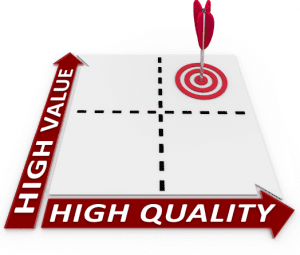 Quality programmes involve following defined procedures. Quality audits are usually separate from information on staff competency, aside from training. One of the problems of training is that transfer of learning to the job environment is poor.
Quality programmes involve following defined procedures. Quality audits are usually separate from information on staff competency, aside from training. One of the problems of training is that transfer of learning to the job environment is poor.
Some quality programmes do require a demonstration of staff competency. However many are just a tick the box exercise using general competencies and training attendance records.
A competency management system should be an essential part of a Quality Management system. It focuses on knowledge and skills as used on the job. Important operating procedures form part of task based technical competency models. Regular audit will ensure they are properly followed without shortcuts or people using their own interpretations.
4. Help improve productivity
Successful job performance depends on clear expectations. No matter how clear expectations are they will not be met if staff don’t have the right competencies. Identifying performance gaps and diagnosing the cause (Read More) is a critical part of management.
5. Help shape organizational culture
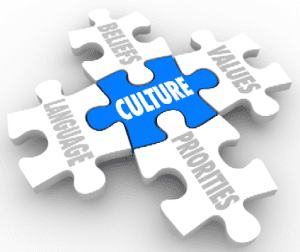 According to W. Edwards Deming “Research shows that the climate of an organization influences an individual’s contribution far more than the individual himself”
According to W. Edwards Deming “Research shows that the climate of an organization influences an individual’s contribution far more than the individual himself”
A Competency Management System can be used to shape organisational culture. Read More. The core competencies of the organization are a way to communicate expectations. They must be defined in an unambiguous way that is relevant to the organization, and form part of the performance management process. People pay attention to what is measured. Competencies have the power to shape behaviour if leaders set the example and people are recognised and rewarded for exhibiting values driven behaviours.
6.Help ensure compliance
Many organizations operate under regulatory regimes requiring compliance with particular requirements. Health & Safety is an example. Many jurisdictions around the world require staff to be trained in safety procedures. The workplace must be inspected for hazards and procedures put in place to minimise them.
All workplace accidents come down to human error, workplace conditions, or a combination. Procedures cannot cover every eventuality. Many accidents involving human error are due to people taking shortcuts, and/or just not thinking about what they are doing.
Work safety has to become a habit, so safe responses to new situations are automatic. A competency system with clear competencies, regular assessment and on job development can help to embed workforce safety behaviours and culture.
7. Help develop Capability
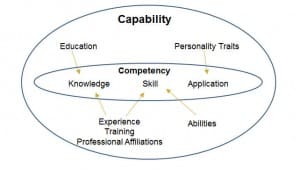 In today’s business environment it is more cost effective to develop talent from within (Read More) than to compete for it in a shrinking labour market. A competency management system identifies the technical competencies that the organisation needs. It is specific on the behaviours relevant to the organisation for leadership, collaborative and cognitive competencies. It enables the use of ‘just in time’ work relevant development resources, as well as traditional methods, making the training spend more targeted and effective
In today’s business environment it is more cost effective to develop talent from within (Read More) than to compete for it in a shrinking labour market. A competency management system identifies the technical competencies that the organisation needs. It is specific on the behaviours relevant to the organisation for leadership, collaborative and cognitive competencies. It enables the use of ‘just in time’ work relevant development resources, as well as traditional methods, making the training spend more targeted and effective
8. Help promote staff engagement
Competency Management systems that are properly validated and implemented provide transparent fairness in the assessment and development of individuals.
Career opportunity and development are facilitated when competency requirements are linked to job roles in a clear career path. Self service systems enable staff to review career opportunities. They can identify knowledge and skills needed for their career/job interest, as well as relevant development resources to close any competency gaps.
Leadership competency is a vital contributor to staff engagement Read More. A competency management system will help define and manage leadership competencies as well as job specific technical competencies.
9. Help staffing and project team management
Today many organisations operate on a project basis. Staff may belong to one or more project teams. New business opportunities involve bidding on the basis of a skilled project team.
A well implemented competency management system provides real time information on which staff have which competencies, along with evidence. It can also help identify those who could quickly acquire needed competencies. This information can be critical in winning new business.
10. Contribute to Risk Management
If we accept the mantra that the success of the organization is down to its people, then the inverse is also true. Failures are also due to people – human capital risk. In today’s environment this risk is growing due to the shortage of skilled staff and the tendency of millennials to change jobs more frequently.
Consider some recent mistakes or omissions in your organization – what was the real cost of those mistakes. Most likely those mistakes or omissions would have been avoided if expectations were clear and staff were fully competent.
A competency management system is a vital boardroom tool. It provides real time detailed visibility into workforce capability. It helps to avoid costly operational mistakes. It provides a means to develop and ensure an agile and competent workforce in a rapidly changing environment.
